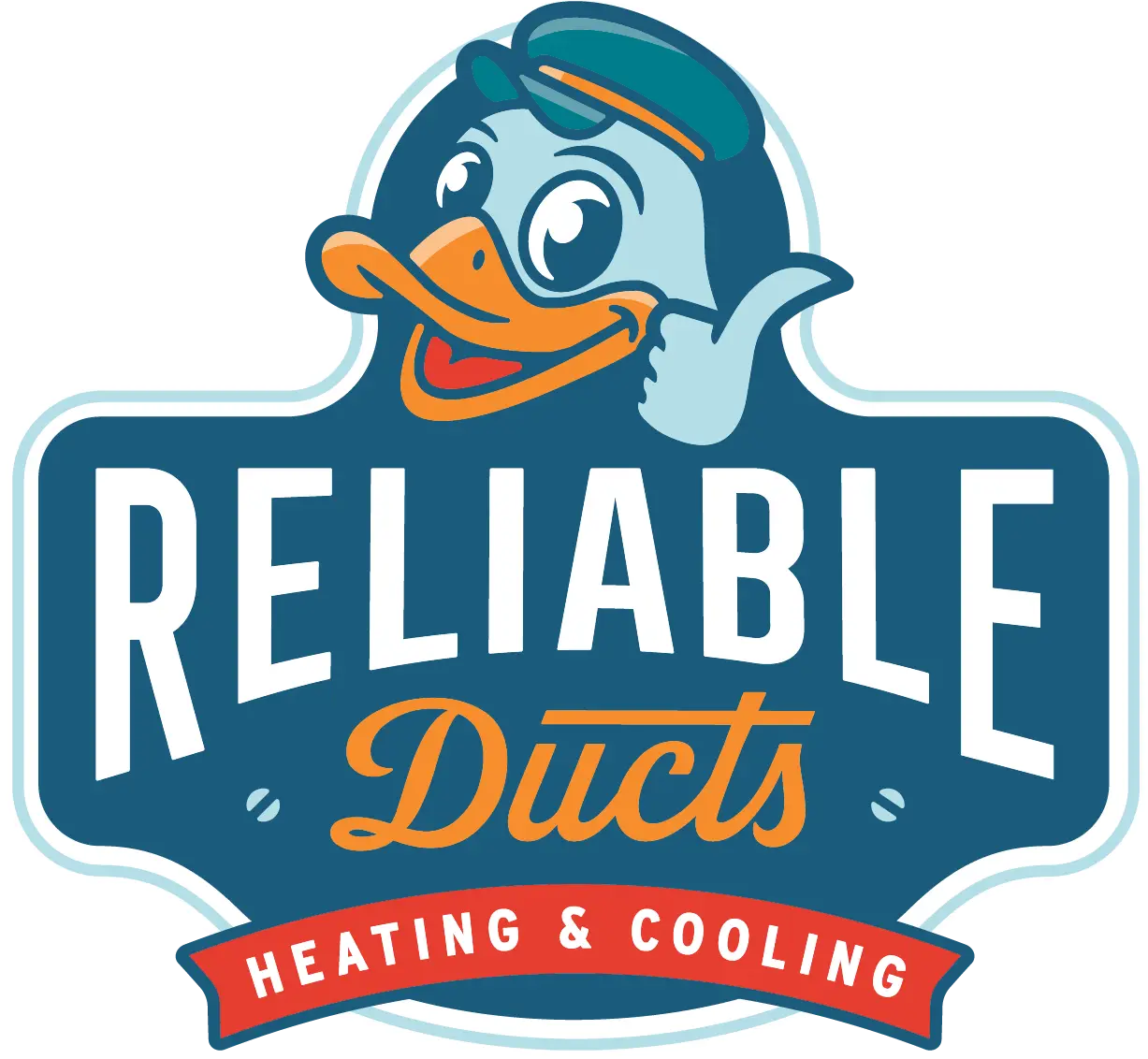Clearing the Air: Debunking Fake News About HVAC
[vc_row][vc_column][vc_column_text]In the age of information, misinformation often spreads like wildfire. That’s why fact checking is a must. When it comes to Heating, Ventilation, and Air Conditioning (HVAC) systems, there is a mass of myths and fake news circulating that can misguide homeowners and lead to potential issues. In this article, we aim to debunk some […]
The Vital Role of Air Conditioning In Modern Living
[vc_row][vc_column][vc_column_text]In this time of advancement and modern living, one technological marvel stands out for its transformative impact on our comfort and well-being, and that is air conditioning. As temperatures soar and seasons change, the soothing hum of air conditioning units has become a ubiquitous part of our daily lives. This article explores the history, science, […]
UV Lights in Indoor Spaces
In the pursuit of creating healthier indoor environments, the role of UV lights in enhancing air quality has gained significant attention. These lights, typically used in HVAC systems, play a crucial role in eliminating harmful microorganisms and improving overall indoor air quality (IAQ). In this blog post, we’ll delve into the fascinating world of UV […]
What You Want to Look For When Purchasing a New Thermostat
Buying a new thermostat can be confusing because of the range of options available. Some thermostats are simply easier to use, while others have advanced features that can save you money. To help you find the best thermostat for your needs, we’ve designed this buyer’s guide to highlight what factors and features you should consider […]
5 Ways Air Conditioning Maintenance Saves Your Wallet
5 Ways Air Conditioning Maintenance Saves Your Wallet Your air conditioner is a substantial appliance that can consume your money if you’re not careful. From constantly fluctuating energy costs to repairs and eventually to a replacement, these air conditioner needs can come with a hefty price tag. That’s why you want to take advantage of […]
What Are Some Factors to Consider When Purchasing an Air Conditioner?
The scorching temperatures of Jacksonville’s summers make having an air conditioner a must for most homeowners. If you are looking to replace or upgrade your existing air conditioner, you must do your due diligence before making the final decision. Because of the expense involved in purchasing a new unit and the importance an air conditioner […]
Why HVAC Maintenance Is Important and Financially Beneficial
Why HVAC Maintenance Is Important and Financially Beneficial As a homeowner, taking good care of your household appliances is one of your most important responsibilities. And, of all the systems in your Jacksonville, FL, area home, your HVAC system is certainly one of the most integral to the comfort and functionality of the household. To […]
The Importance of a Thermostatic Expansion Valve
A thermostatic expansion valve is a useful piece of equipment that regulates pressure and temperature in a hydronic heating system. It makes the system safer and more efficient by reducing the backflow into the boiler and preventing damage to sensitive components. At Reliable Ducts Heating & Cooling, we offer TEV services such as installations, repairs, […]
11 Benefits That Come With an HVAC Maintenance Plan
HVAC maintenance plays a huge role in ensuring your system has a long life span and runs efficiently. Several tasks are done while maintaining your equipment to protect your home and ensure it keeps your family comfortable all year long. Homeowners often forget to have their HVAC system serviced, thus necessitating a maintenance plan. Routine […]
How Can I Cool a Home That Doesn’t Have Ducts?
Summers in Jacksonville can be brutal. For most people, this is the time to crank up the air conditioning and enjoy time indoors. However, if your home doesn’t currently have an air conditioner, keeping your home cool isn’t as simple as just turning back the thermostat. Fortunately, if you need to stay cool this summer, […]
